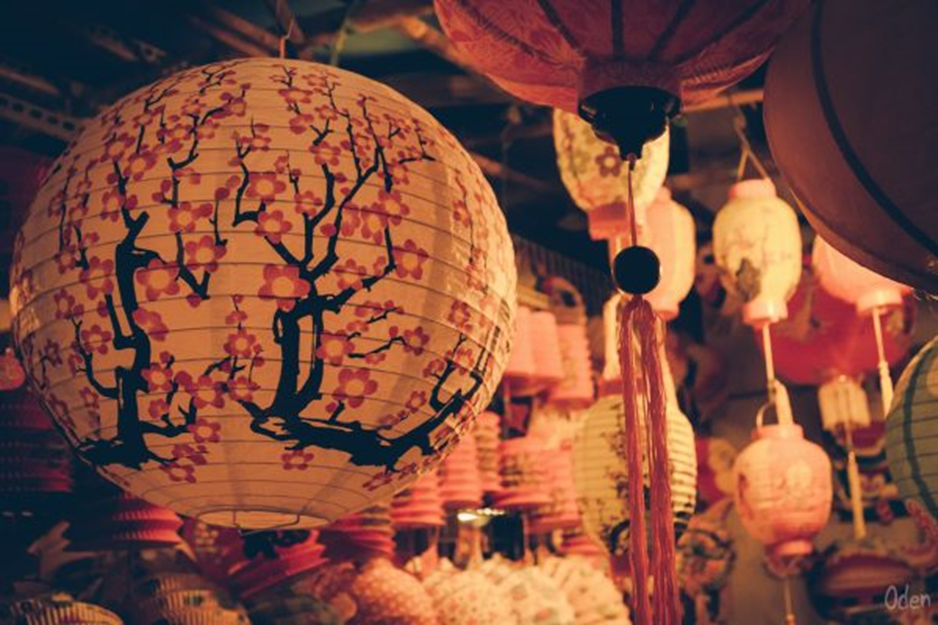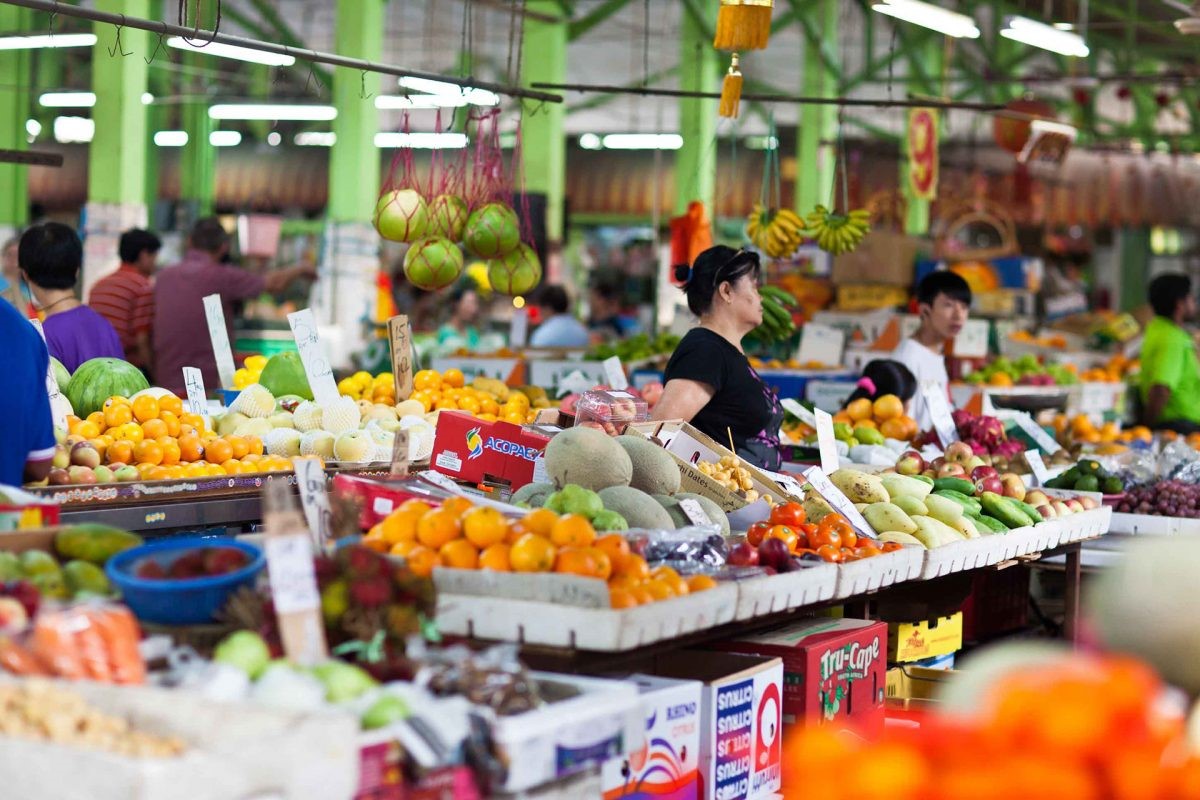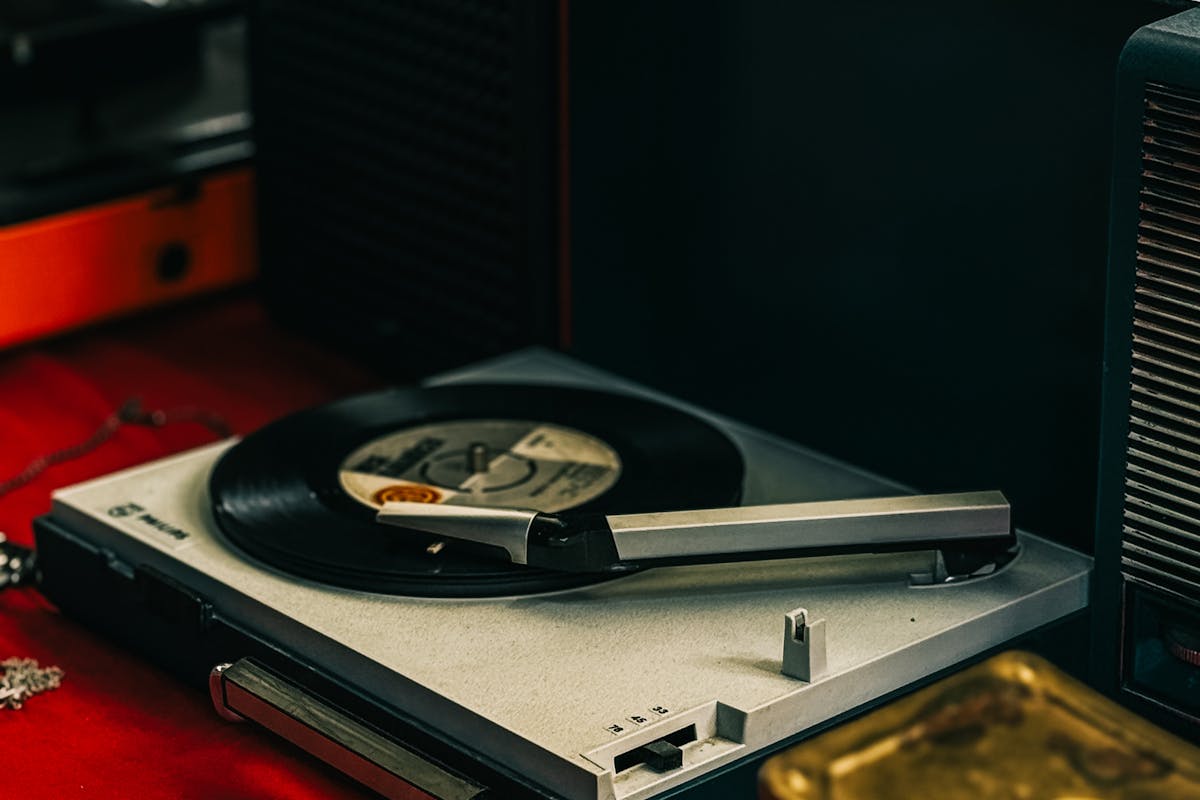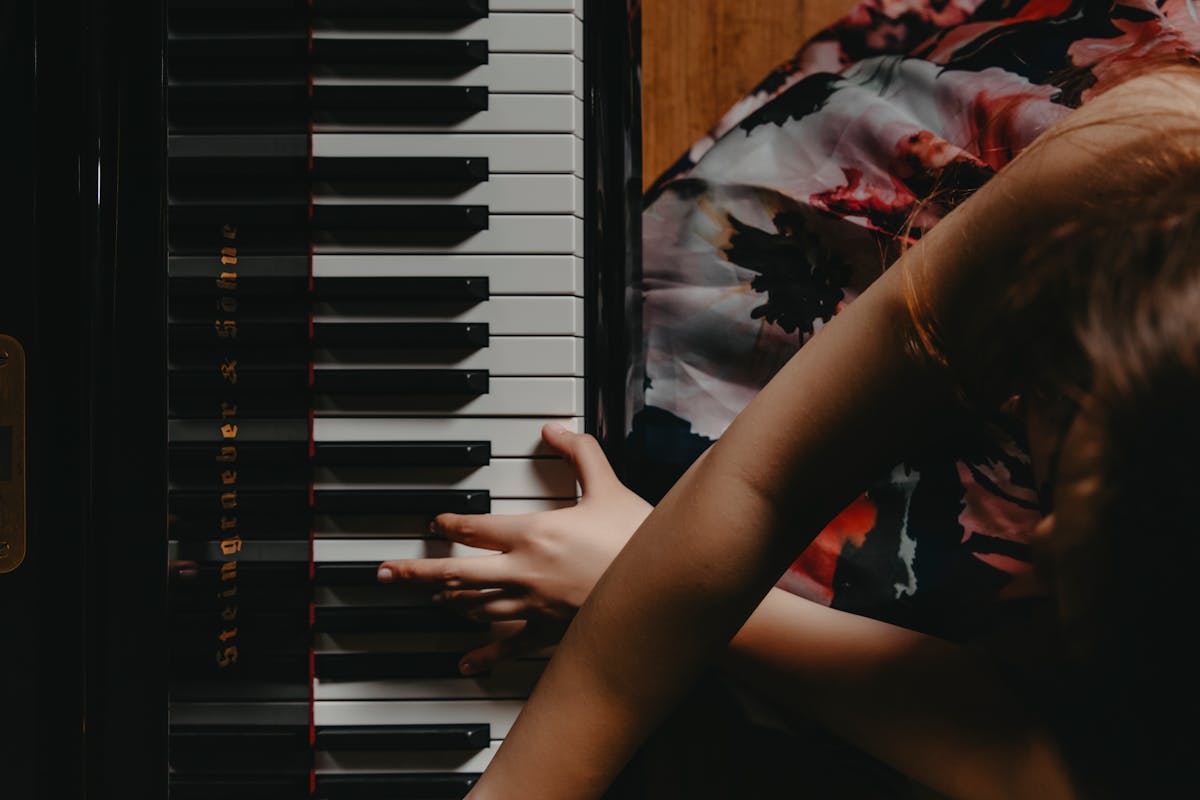Over the moon about the Mid-Autumn Festival this October?
If there’s any other festival in the Chinese Lunar calendar besides the Lunar New Year that I look forward to, it is the Mid-Autumn Festival. My family would gather and have slices of mooncake with a hot pot of Pu Er. Celebrated every 15th day of the eighth month, the Malaysian Chinese community often associate the festival with paper lanterns. This auspicious day is also when the moon is at its fullest and brightest.
There are several versions to the story behind the festival. One of them was that 10 suns revolved around Earth, causing many to suffer, and plant life to wither and die. Witnessing this, a skilled archer by the name of Hou Yi took his bow and arrow and shot nine of the 10 suns. He then ordered the one left to rise and set according to time. Understandably, many were proud and marvelled over his victory, and wanted to learn how he managed to do so. One of them was a man named Peng Meng. It was learnt that hero Hou Yi eventually married a beautiful woman, Chang-E. On a separate hike up Kunlun Mountain, Hou Yi came across a Goddess who gave him an elixir that when taken, would give rise to immortality after reaching Heaven. However, this elixir only works for one. Realising that he could not bear to live without his wife, he let Chang-E keep it in a safe place. Unfortunately, Peng Meng secretly saw this occurrence and was plotting his moves on stealing it. So, one fine day, when Hou Yi’s disciples were out hunting, without the knowledge of Hou Yi, Peng Meng did not follow. Instead, he broke into Chang-E’s home to accomplish his mission. Since Chang-E knew that there was no way she could rival Peng Meng, she quickly drank the elixir, and eventually rose to the nearest celestial body, the moon. When Hou Yi heard of his wife’s fate, he was deeply devastated, but he soon chose to offer Chang-E her favourite food on an altar. As the story of this woman became known, so did the practice of worshipping the moon.
Interestingly, Chang-E was also acknowledged by US astronauts who were on their moon-landing mission back in 1969, using the Apollo 11 space shuttle. It was thought that Chang-E had a Chinese rabbit to accompany her, earning her the name Bunny Girl. How I wish the exchange between the two astronauts had included something along the lines of “Houston, looks like we’re heading towards Mooncake Land”.
During the Festival, children would be told some versions of what happened between Chang-E and Hou Yi. This is usually done as family and friends gather and celebrate the festival while enjoying slices of mooncake and other fresh fruits and delicacies.
As early as a month prior to the festival, hotels, restaurants and cafes in the Klang Valley and throughout Malaysia would begin their sales of mooncakes, allowing mainly the Chinese community to savour the different textures and tastes of the dessert that usually has salted egg yolk or lotus paste as one of the ingredients. Additionally, the practice of giving mooncakes finds its roots back to when the Han Chinese emerged against the Mongolian invasion during the Yuan dynasty.
Now, if you’ll excuse me, I’m going out to give some boxes of mooncake to my neighbours.









Showing 0 comments